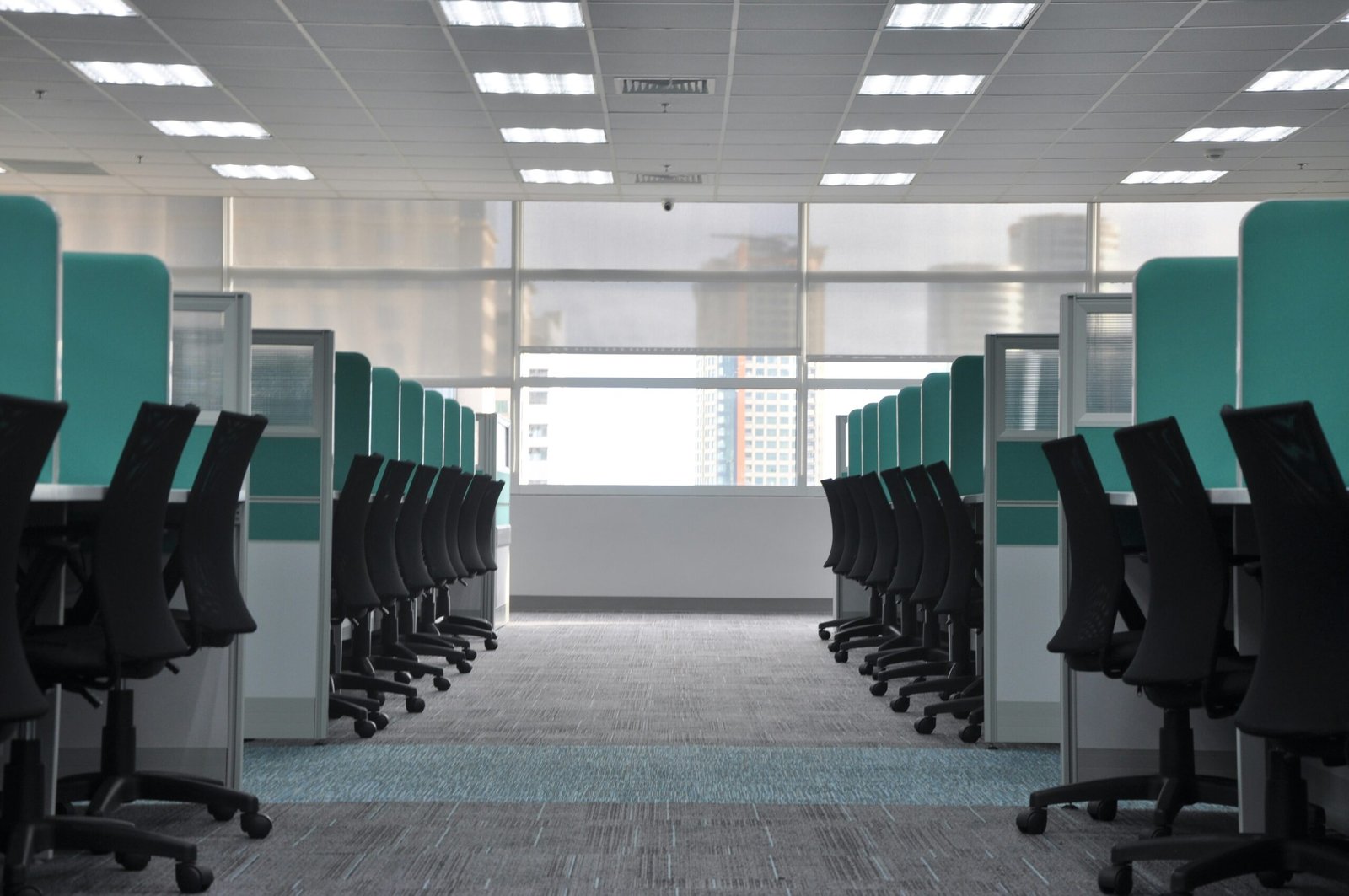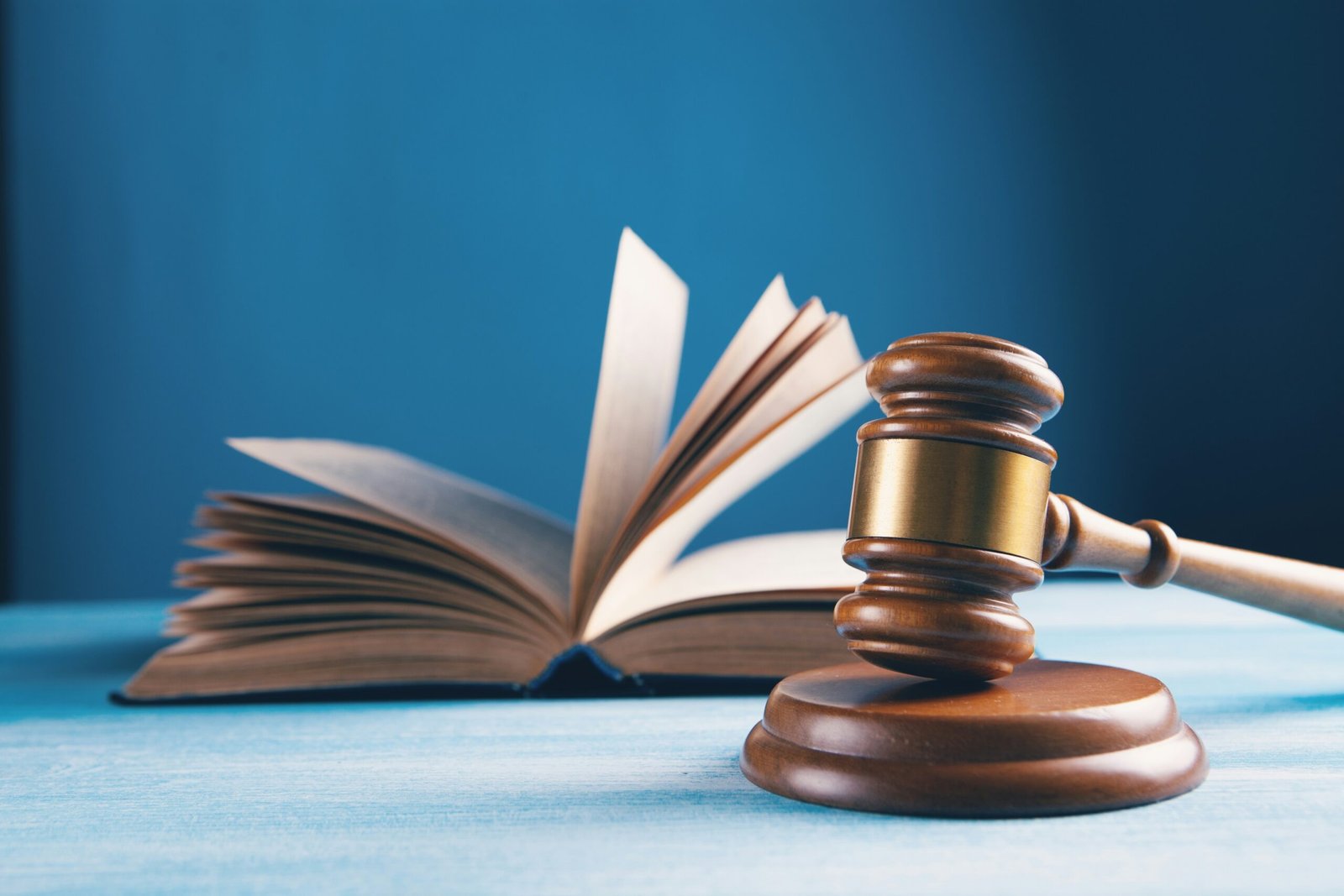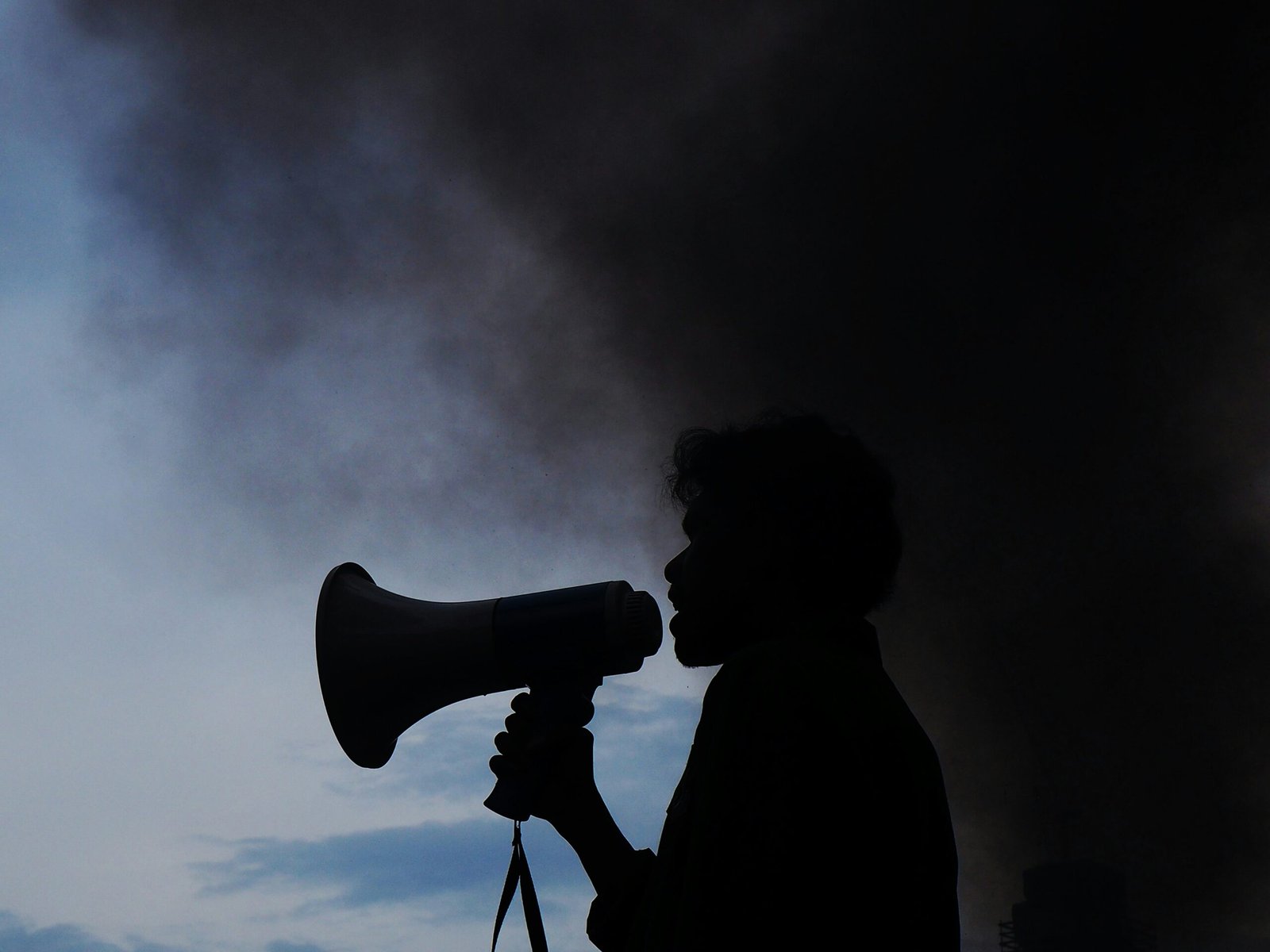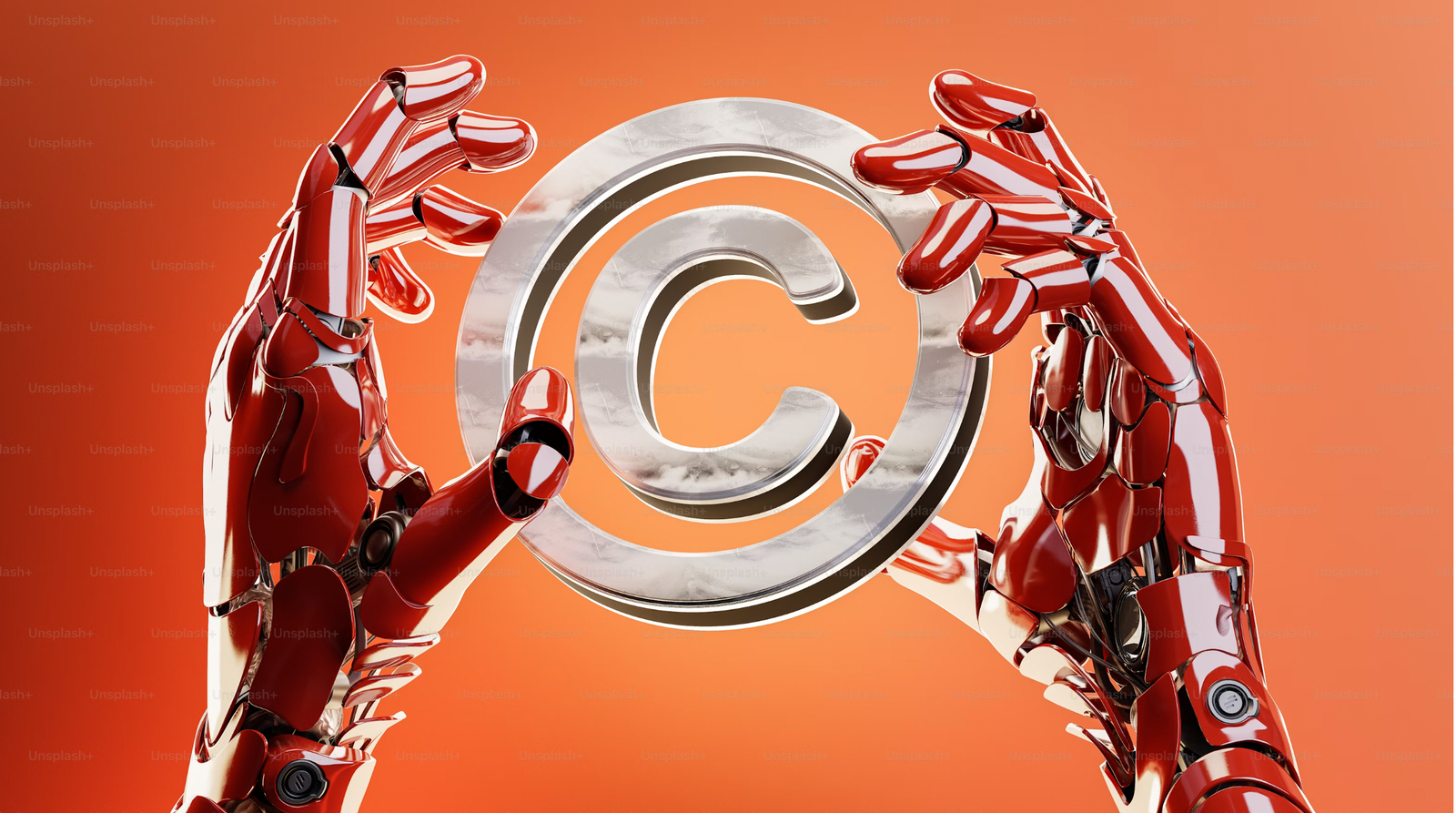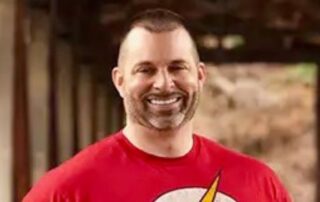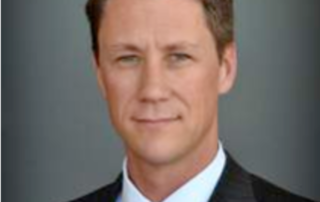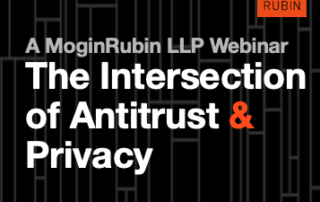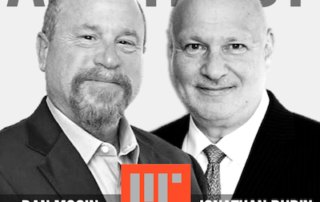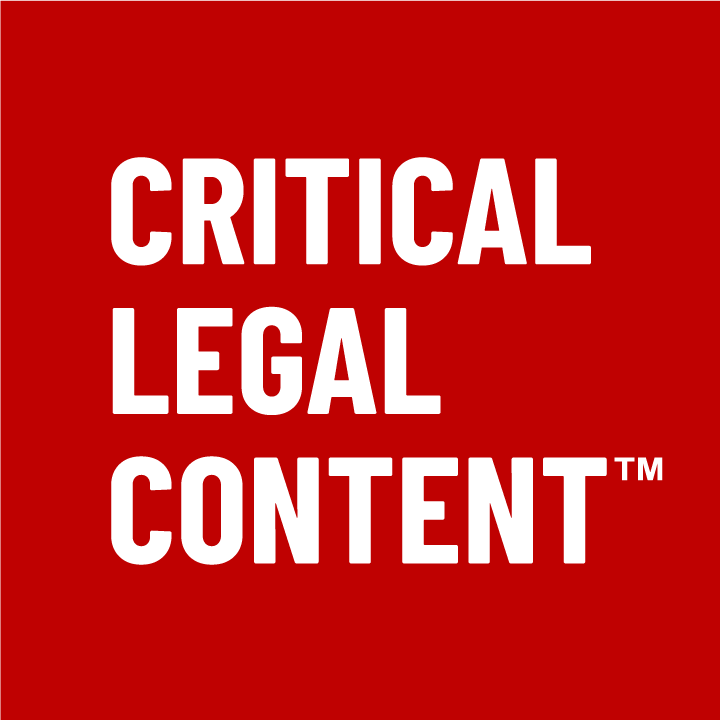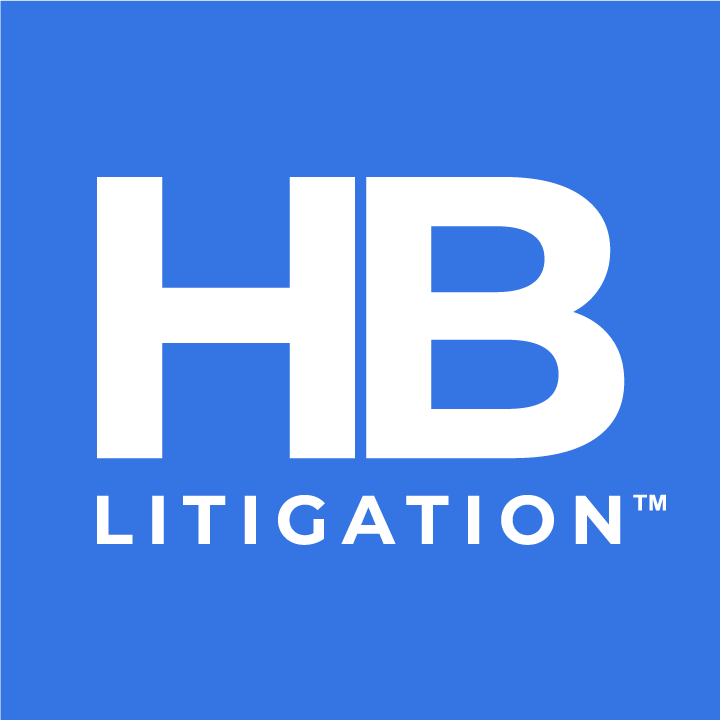Emerging Litigation Podcast
Machines Inventing Machines: Artificial Intelligence and Patent Law
In this episode, we talk to Robert A. McFarlane of Hanson Bridgett LLP about artificial intelligence in the world of invention and questions raised in a recent decision from the U.S. Court of Appeals for the Federal Circuit that expounded on the principle that only human beings - not machines - can be named as inventors under U.S. patent law. Listen and learn more!
The Awesome Potential of Advanced Dispute Resolution
In this episode we talk to Rich Lee, founder of New Era ADR, about hot topics and issues involving what is referred to here as "Advanced Dispute Resolution", or ADR. What are the benefits of ADR? How can ADR enhance Access to Justice? How does employing ADR impact Accessibility, Diversity, and the Environment? What is the influence of Gamesmanship in legal proceedings? As Rich explains, "ADR is about rethinking litigation to make it more efficient for both sides. Get parties to be pragmatic, get to the point, present their arguments, and get it resolved". Listen now to learn more!
Applying Business Strategy to Your Law Firm
In this episode of the Emerging Litigation Podcast, we hear from James Grant about looking strategically at your law firm as you would any business and explore one litigation firm’s journey through that transformative process. As he argues, "lawyers must learn AI now or else watch their competition fly past them in operational efficiency, customer service, and client retention". Listen to learn more!
A Shameless Plug for Our Content Services
Your content marketing is everything you’ve ever dreamed of. Right?

Critical Legal Content was founded by Tom Hagy, former Editor & Publisher of Mealey’s Litigation Reports and VP at LexisNexis, founder of HB, current litigation podcaster and editor-in-chief. CLC’s mission is to help smaller firms and service providers not only create content — blogs, articles, papers, webinars, podcasts (like the stuff on this site) — but also to get it out there. How? Via social media, this website, your website, and potential via our podcast and journal which we publish in collaboration with vLex Fastcase and Law Street Media. The goal is to attract readers and dizzy them with your brilliance.
*Inspired by actual events.
Create content like a real legal publisher.
Emerging Litigation Journal
Property Insurance Coverage for Emerging Risk: Underground Climate Change
Studies have shown that “underground climate change” is affecting ground soil conditions, causing structural strains on buildings and exacerbating cracks and defects in walls and foundations. The authors, Dennis Artese, Ethan Middlebrooks, and Thomas Dupont analyze permutations of policy language and state law that may affect coverage for damage caused by underground climate change, including how state law treats anti-concurrent causation clauses, whether “human-caused” exceptions to earth movement exclusions may apply to underground climate change, and whether “abrupt collapse” exceptions to exclusions for building collapse may apply when undetected structural damage triggered by underground climate change triggers collapse. As the authors note, "there are numerous arguments in favor of coverage under all-risk property insurance policies for losses related to underground climate change".
Litigation After Biometric Privacy Law Violations: Policyholder Victories and Their Implications
Insurance companies are implementing new measures to try to avoid paying for liabilities attached to consumer and employee biometric privacy law violations. The authors, Cort Malone and Abigail Damsky explore the issues companies and policyholders should be examining to ensure adequate protection in the present and future. As the authors note, “as more states pass biometric privacy laws, it is critical not only to follow court decisions but also to understand how insurance companies are attempting to avoid liability for such claims.”
Expert Depositions and Trial Disclosures: What Every Litigator Needs to Know
Expert disclosures in litigation are vitally important for trial testimony and planning for trial. The author, Ethan Minkin examines issues surrounding expert depositions and trial disclosures, which he argues need to be appreciated to avoid unanticipated surprises at trial. As Ethan discusses, "the pretrial process requires an eye toward the future. Trial work is not limited to just knowing the applicable Rules of Evidence. The applicable Rules of Civil Procedure play an equally important, if not greater, role in helping to define what will happen at trial".
HB Webinars on CeriFi LegalEdge
Organizational Values & Business Risks: Properly Balancing Stakeholder Concerns
Accommodations. Appropriate accommodation for high-risk employees or employees with family members who are at a heightened risk. Mitigation. Attention to means of mitigating transmission and infection. Tracing. Contact tracing and management of data collected, including health data, as well as responses to employees who refuse to report. Patient Sensitivity. Duty to avoid discrimination and stigmatization. Preparedness. Developing plans to address possibility of re-occurrence in the fall and managing possible outbreaks in company’s offices. On-demand on the Thomson Reuters West LegalEdcenter as part of the HB catalog. Organizational Values & Coronavirus Business Risks: Properly Balancing Stakeholder Concerns Produced for Emory University Center for Ethics by HB Litigation Conferences The current pandemic confronts businesses, nonprofit organizations, governments, and the legal profession with innumerable ethical challenges. Management issues and liability concerns, stakeholder demands and legal duties become even more complex in an environment of uncertainty and one where the consequences could result in serious illness or even death. This program seeks to engage the participants in thinking through these challenges and developing processes of ethical response to them. Managers must acknowledge and address the framework of fear associated with the pandemic, ranging from fear of contagion and death to fears of unemployment, childcare, and the duties of home-schooling. Additionally, as the economy reopens there must be serious attention to the processes of doing so. Join Professor Edward L. Queen from Emory University for invaluable insights. Emory's medical team was on the frontline of the 2014-2016 Ebola epidemic, which began in December 2013 when an 18-month-old Guinean boy contracted the disease. According to the CDC, the outbreak ended with more than 28,600 cases and 11,325 deaths. Eleven people were treated for Ebola in the United States. Edward L. Queen Director of Ethics and Servant Leadership Emory University Professor Edward L. Queen Edward L. Queen is director of [...]
Contract Drafting Fundamentals
Register Now Contract Drafting Fundamentals: What I Wish They Taught Me in Law School Speaker: Will Marshall | Partner UBM Law LLP Date: Thursday | July 23, 2020 Time: 2pm ET 1pm CT 12pm MT 11am PT Duration: 75 minutes Price: Early Bird Registration: $75 After July 14: $95 Special: Complimentary with discount code! What you get: CLE credit Course materials Webinar recording Answers to your questions! Contact CLE Manager Get practical insights on contract drafting. For new and seasoned attorneys alike, this 75-minute program will cover core, practical aspects of contract drafting, including a broad range of fundamental concepts, skills, and tips. The program is designed to make you a more deliberate drafter and improve your ability to assess the purpose and effectiveness of each provision in your contract. We will discuss not only what is on the page, but external dynamics that affect drafting and negotiation. Finally, we will reserve time to answer your questions. I am offering this program for free to my network to help you develop these foundational skills. If you haven't received it, please contact me directly for the complimentary pass code. -- Will Marshall, Partner, UBM Law Group LLP Key topics: The goals and challenges of good drafting. The anatomy and building blocks of a contract. Categories of contract language. Typical sources of ambiguity. Tips on everything from file naming conventions to how to draft a nested signature block and what a tipping basket is. Your questions via live chat or by email before or and after the event. Send Will a Question Meet our panelist. Will Marshall | Partner UBM Law Group, LLC Will is a co-founder of UBM Law Group. He has substantial experience in drafting and negotiating a wide range of commercial contracts, including [...]
The Intersection of Antitrust & Privacy | A MoginRubin Webinar | 10.31.2019
[two-fifths-first] Recorded: Oct. 31, 2019 Duration: 100 minutes Presented by: MoginRubin LLP Produced by: HB Litigation Conferences The Panel Moderator Daniel J. Mogin | Managing Partner, MoginRubin LLP Speakers Jennifer M. Oliver, CIPP/US | Partner, MoginRubin LLP Thomas N. Dahdouh | Director, Western Region, Federal Trade Commission Franklin M. Rubinstein | Partner, Wilson Sonsini Goodrich & Rosati Randi W. Singer, CIPP/US, CIPT | Partner, Weil, Gotshal & Manges Contributor Dina Srinivasan | Independent Researcher & Author of The Antitrust Case Against Facebook Dina was unable to present but we thank her for her content contributions. What you will get: At least 1 hour of CLE credit. Answers to your questions via email. The opportunity to share with others on your team. The complete Powerpoint. The Antitrust Case Against Facebook Dina Srinivasan's statement to the House Committee on the Judiciary, Subcommittee on Antitrust, Commercial, and Administrative Law The Chicago Booth School Stigler Center Committee on Digital Platforms Final Report Write to us at CLE@LitigationConferences.com to: Ask about CLE Request the materials Send a question for the speakers [/two-fifths-first][three-fifths] Market Behavior and Data-Driven Market Power Highly publicized cases and investigations in the U.S. and Europe of big technology, e-commerce, and social media companies demonstrate how anti-competition laws are being used to scrutinize and challenge not only how these corporations conduct themselves in the marketplace, but the very core of their colossal success: the mass collection and utilization of user data. Are the privacy and antitrust worlds beginning to cross over? Or do they simply run parallel while addressing entirely different types of conduct? Whatever the answer, data is the raw material that drives the likes of Google, Facebook, Apple and Amazon, so how it is handled is a critical question when counseling clients on mergers and acquisitions. Meanwhile, there is increasing pressure on antitrust enforcers to consider privacy issues when conducting merger reviews. Antitrust laws [...]




